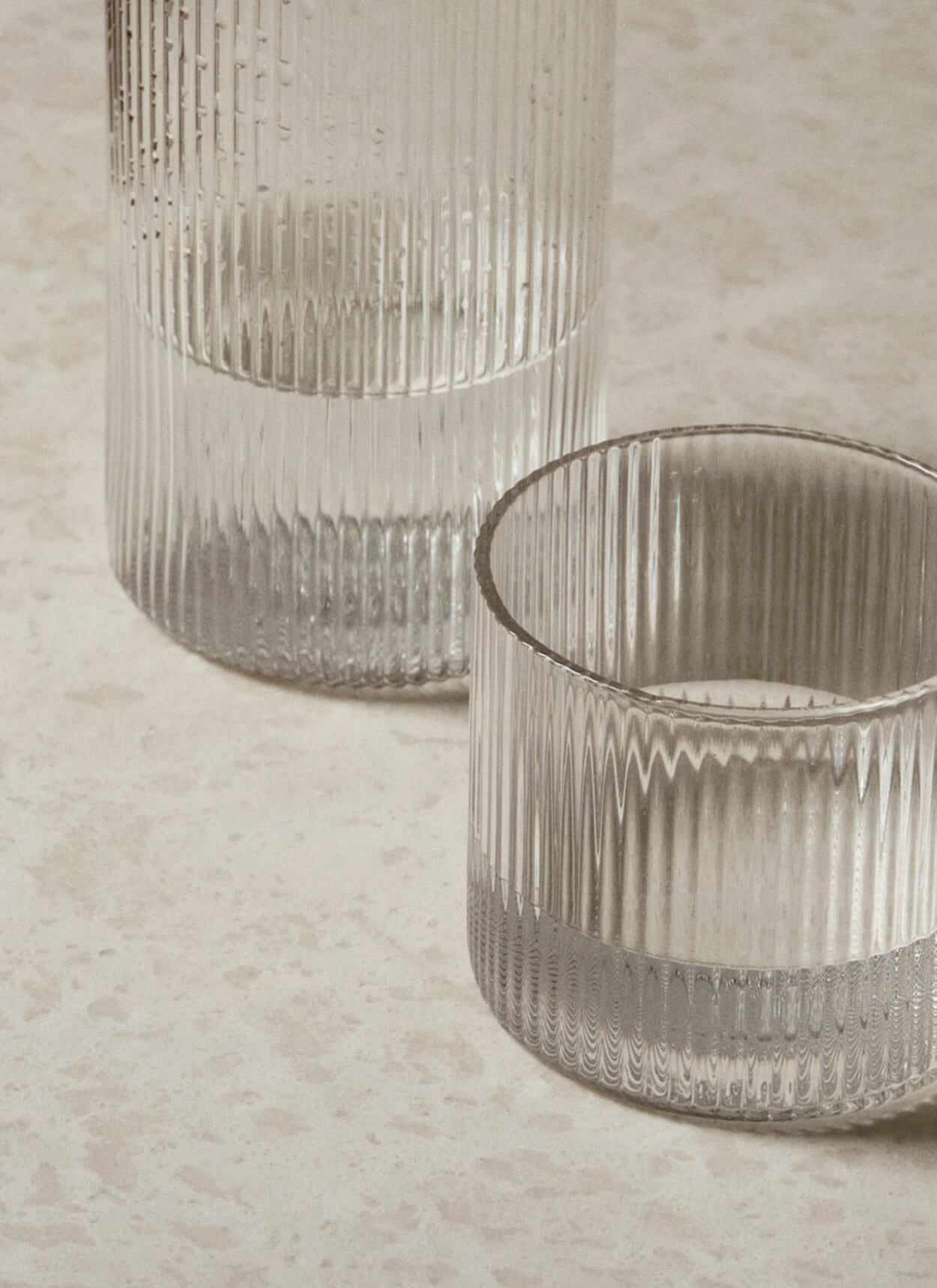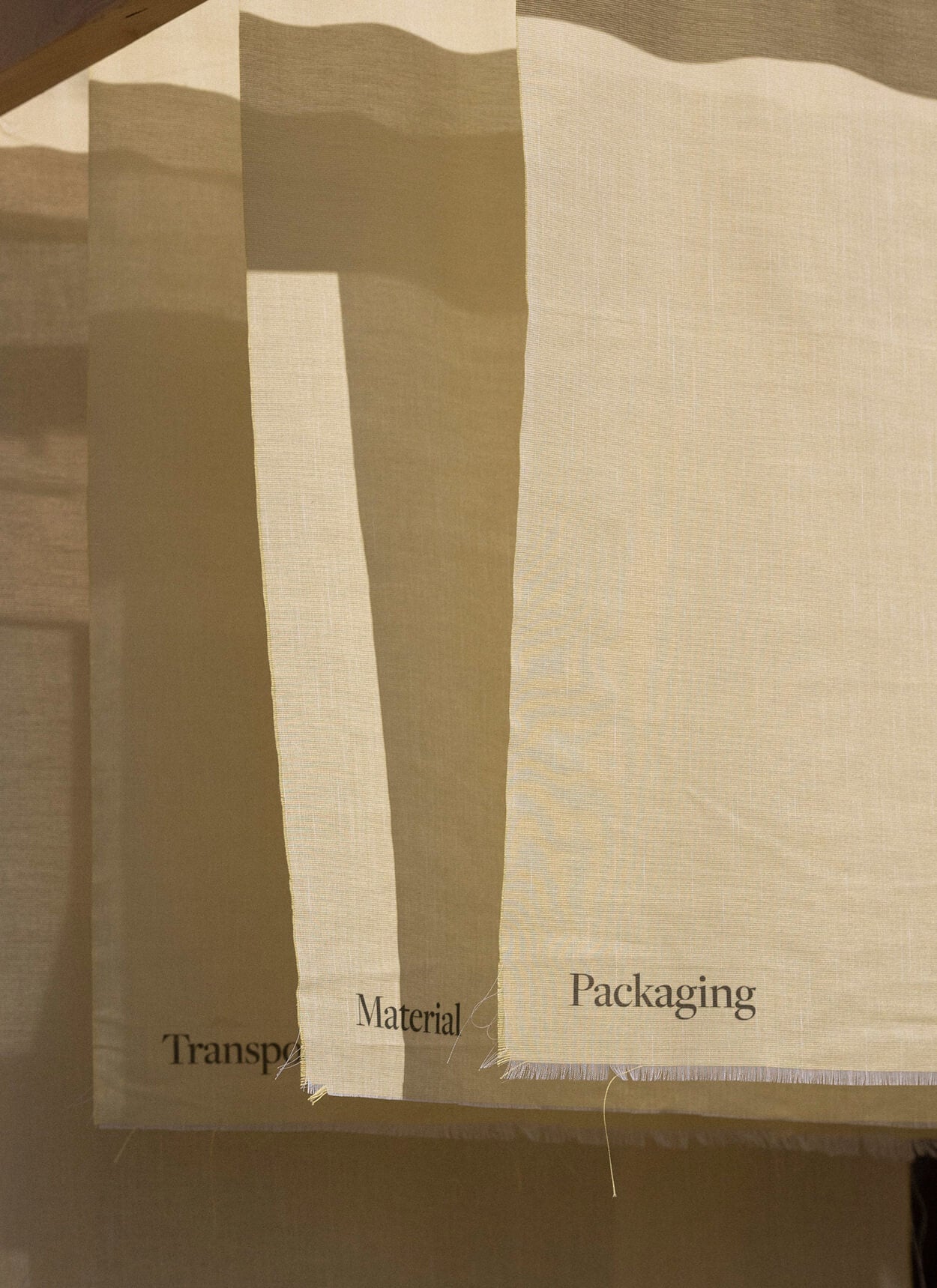
Home Stories
The Home of Juli Daoust Baker
In what was once known as the heart of the Canadian Pacific Railway, The Junction in Toronto’s West Side is now home to a mix of young families, trendy eateries and urban professionals. When Juli and her family moved into the last Victorian building in the area with a pressed tin façade, they were looking for a space that they could make their own and that would be a base for both their family and professional life. “We had recently been admiring all the old facades we had seen in Europe and then, like magic, we found this building,” says Juli. With ample space for their store at street-level, Juli and her husband, John, had big plans for the two-story apartment above it. After restoring the building’s historic exterior in the original Victorian style, the pair went about renovating the interior, the results of which transport you to a different place entirely.
Inside, light colours, natural materials and thoughtful details combine to create a serene oasis with a distinctly Scandinavian and Japanese design aesthetic. “Fundamentally, both Nordic and Japanese design emphasize the natural elements and are sensitive to light and shadow, texture and materials,” says Juli, “I think that these traditions also understand the idea of breathing room or a pause: a place to rest the busy mind. I respond to their use of restraint.”


Juli and John share the space with their two children Elodie and Howell, ages 8 and 6, along with two dogs – the Irish Wolfhound Aoife and a Scottish Deerhound named Atla. When at home, the family spends most of its time gathered around the kitchen table, a room that – like much of their home – is brimming with light-coloured oak, leafy greenery and a curated selection of antiques and curio. “I am a homebody and I find that my nervous system is easily overstimulated,” Juli tells us, “so the elements I require in my home are access to natural light, my family and a calm, quiet atmosphere – even though this is a constant battle with pets and kids.”
“We committed to pieces we knew we wanted for the long run, classics in natural materials like white oak and natural leather – pieces that would show patina as they age and tell the story of our family.”
Having studied art curation and photography at art school, it was a natural choice for Juli to work with design in some capacity. It’s an interest and a passion she shares with her partner, and one that has been an anchor throughout their working life – as well as in their relationship: “On our first date we argued over furniture, and a year into our relationship we decided to start a design blog, Kitka.ca, that chronicled vintage items we found around town.”
After a trip to Scandinavia where the pair had gathered inspiration and formulated plans for their own store back home, they opened the doors to Mjölk in 2009. The name, which means Milk in Swedish, is something of an ice breaker with customers, as well as being an affirmation of their fondness for Nordic design. “When we were selecting a name, we wanted to immediately signify Scandinavia.” Juli explains, “We admired the original Arla milk packaging and had reflected on its good design sense, and how milk is democratic and pure. We felt like the words used to describe milk could also be applied to Scandinavian design. We broke the cardinal rule of selecting a name that is legible – naturally North Americans struggle with it – but it also makes for a conversation starter, or just a good laugh.”

In addition to their store, Juli and John have published four volumes of their Mjölk Book, chronicling their travels to Japan and Scandinavia through a series of interviews and essays written by John and photographs taken by Juli. It’s on these trips that the pair have found some of their greatest treasures, now on display in thoughtful vignettes dispersed throughout their home, a mix of antique crockery, handmade vases and curious artefacts.
“We committed to pieces we knew we wanted for the long run, classics in natural materials like white oak and natural leather – pieces that would show patina as they age and tell the story of our family. We kept things neutral, because it’s always easy to add colour and texture through textiles.” When asked about her favourite piece, Juli points to a beautiful Conoid Bench by Mira Nakashima that the pair commissioned during a visit to the artist’s workshop. This too, carries fond family memories, as Juli recalls the long drive for which their then four-month-old daughter had also been present. As with so many of the pieces in Juli’s home, the bench is not only functional and aesthetically pleasing, but its history contributes to the living, breathing space that is, above all, a family home.














